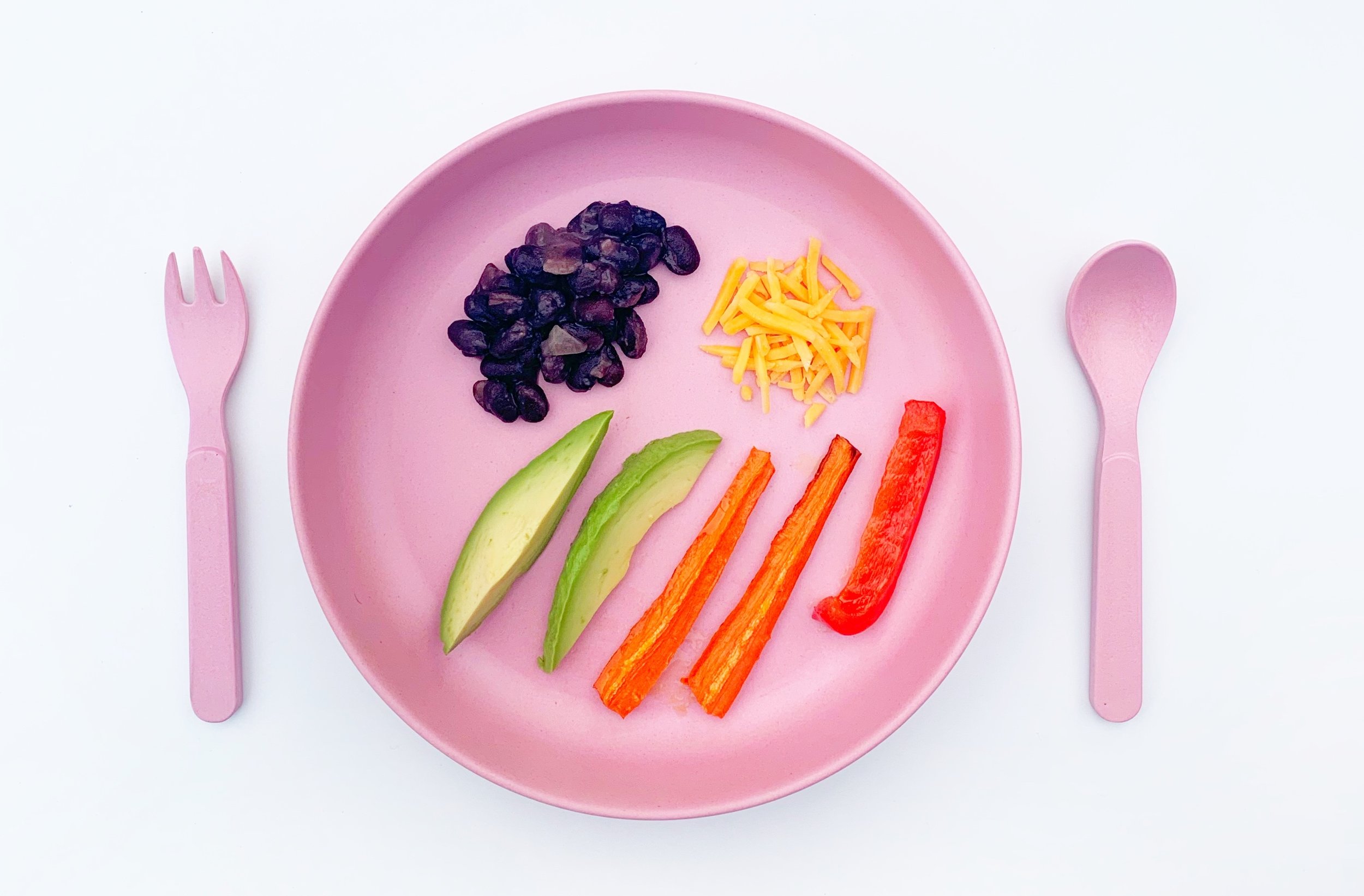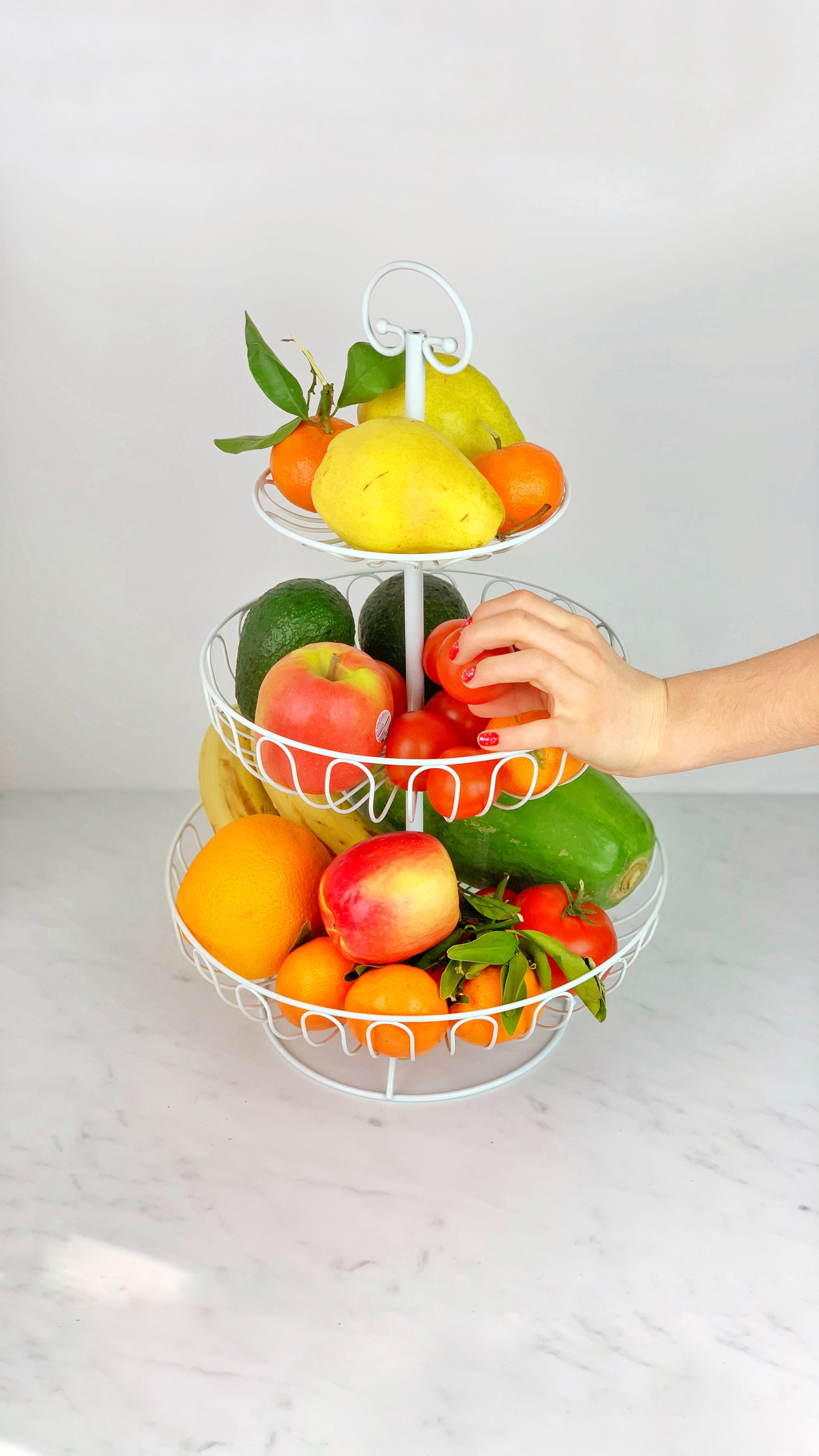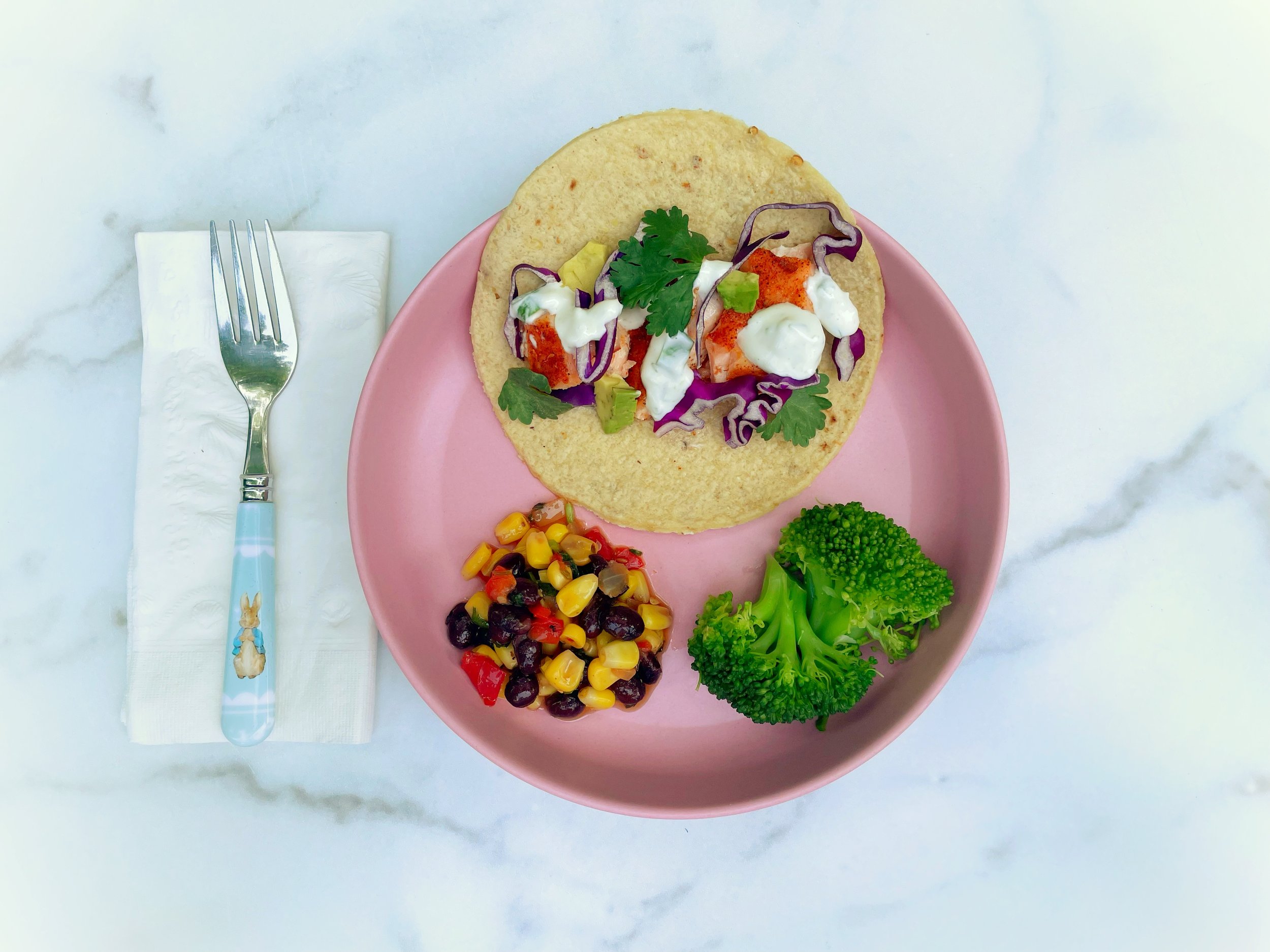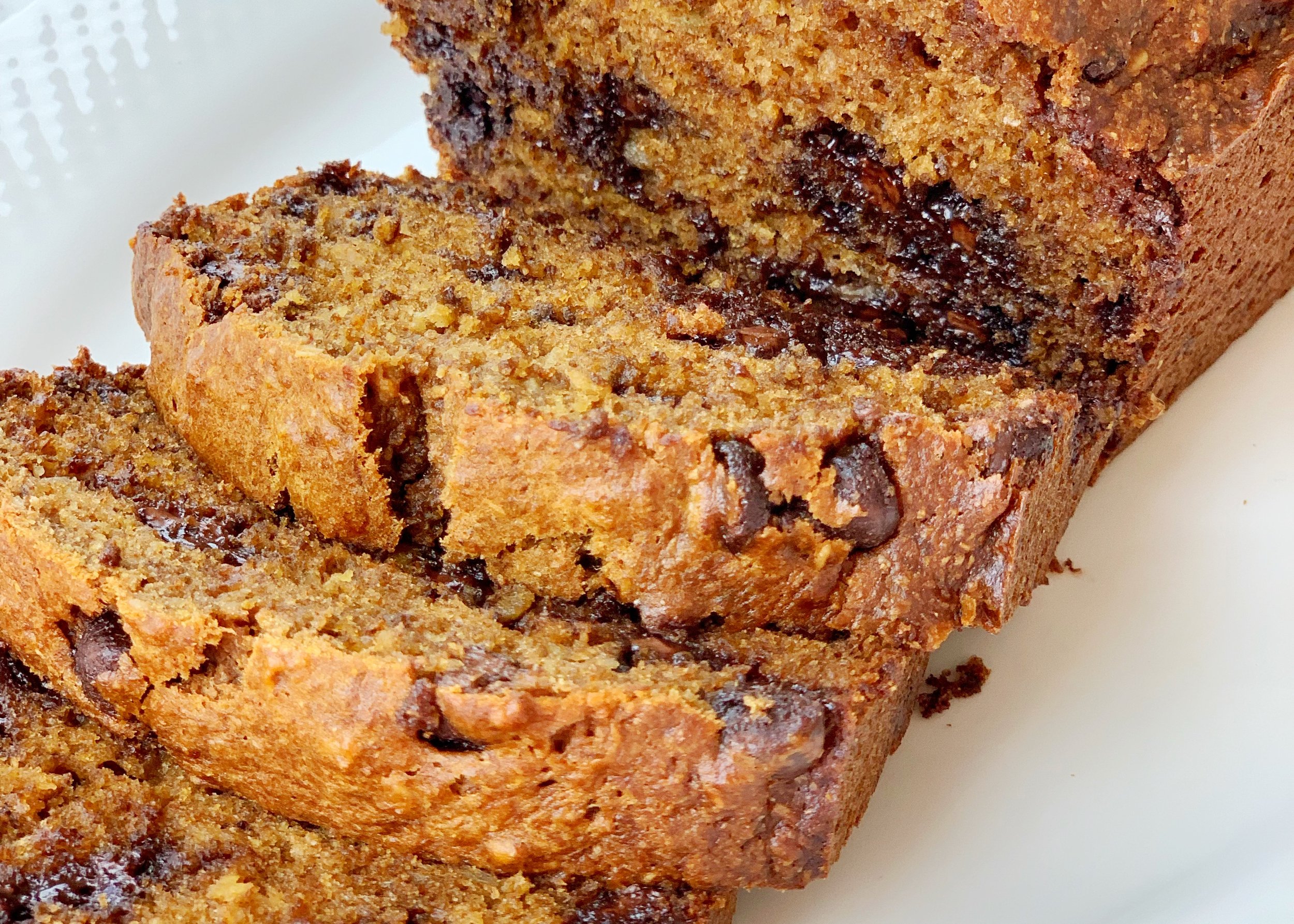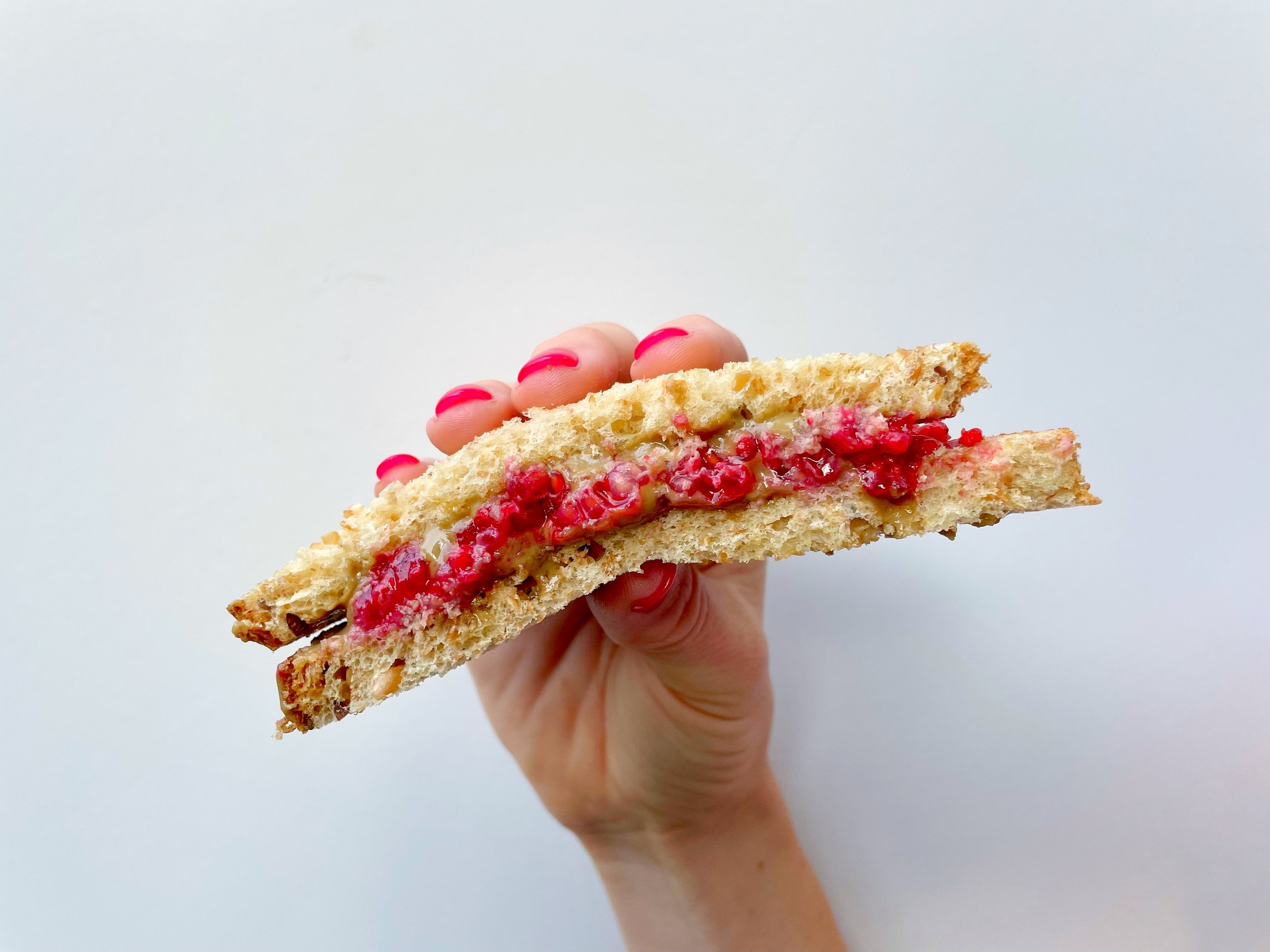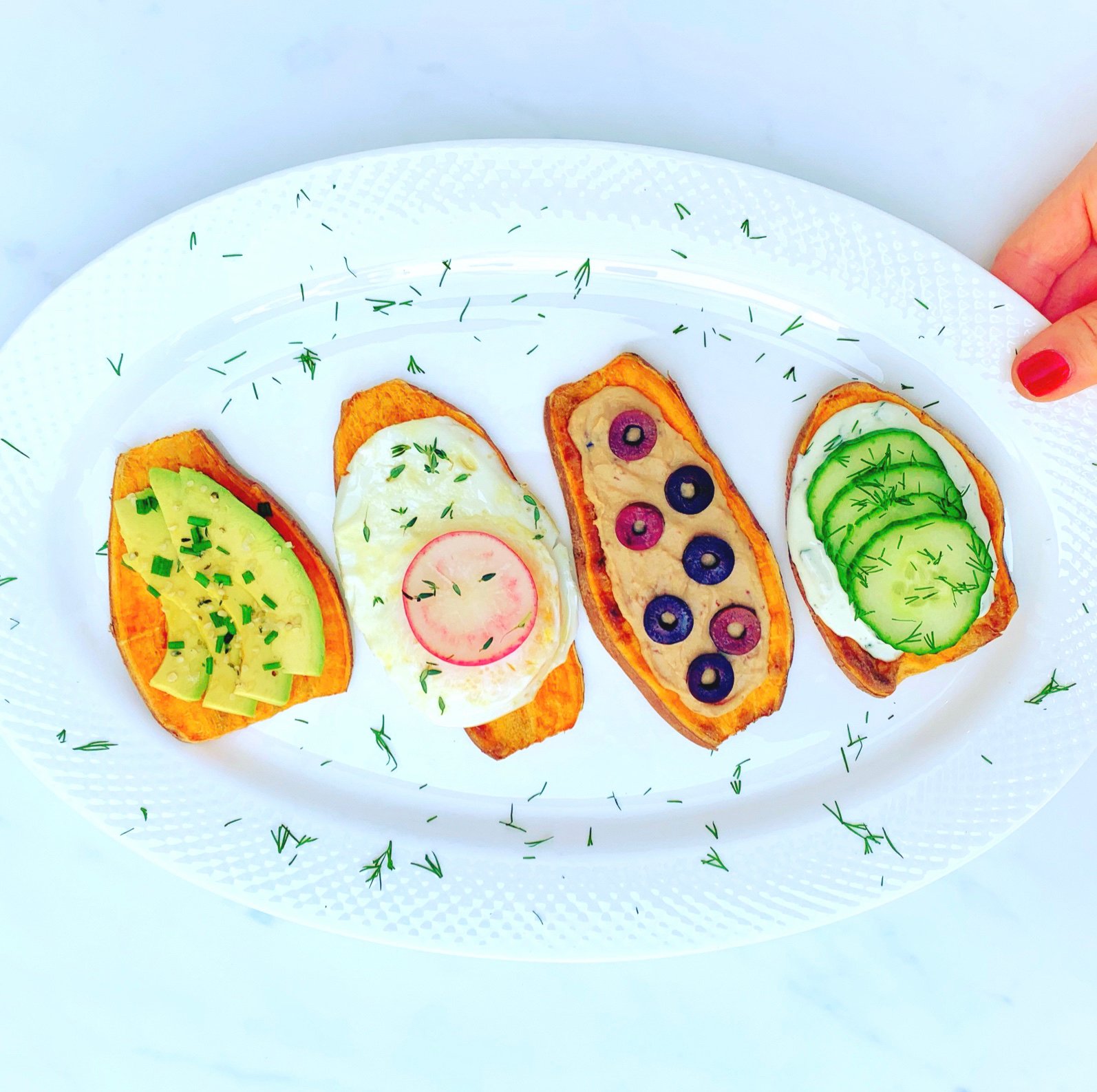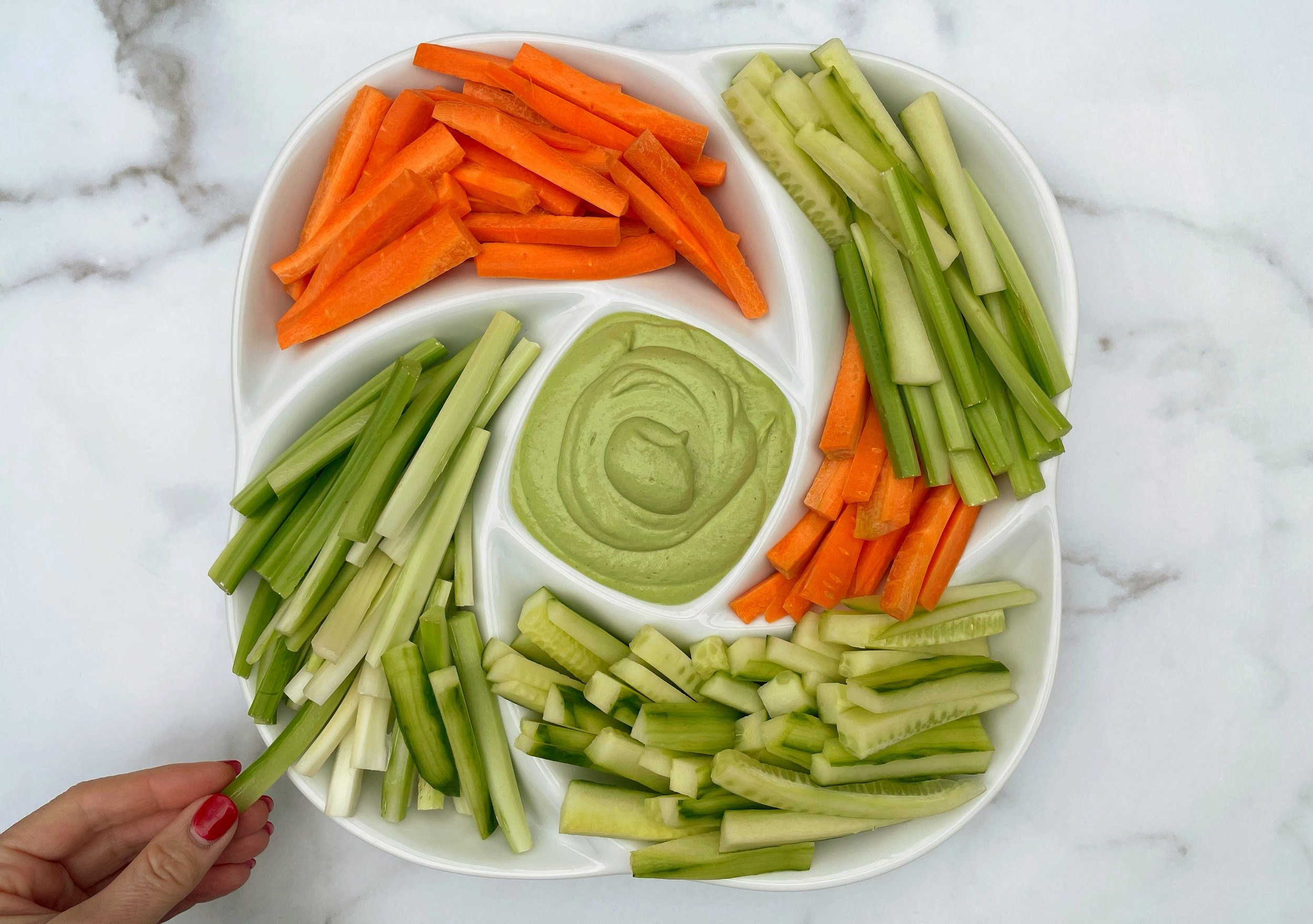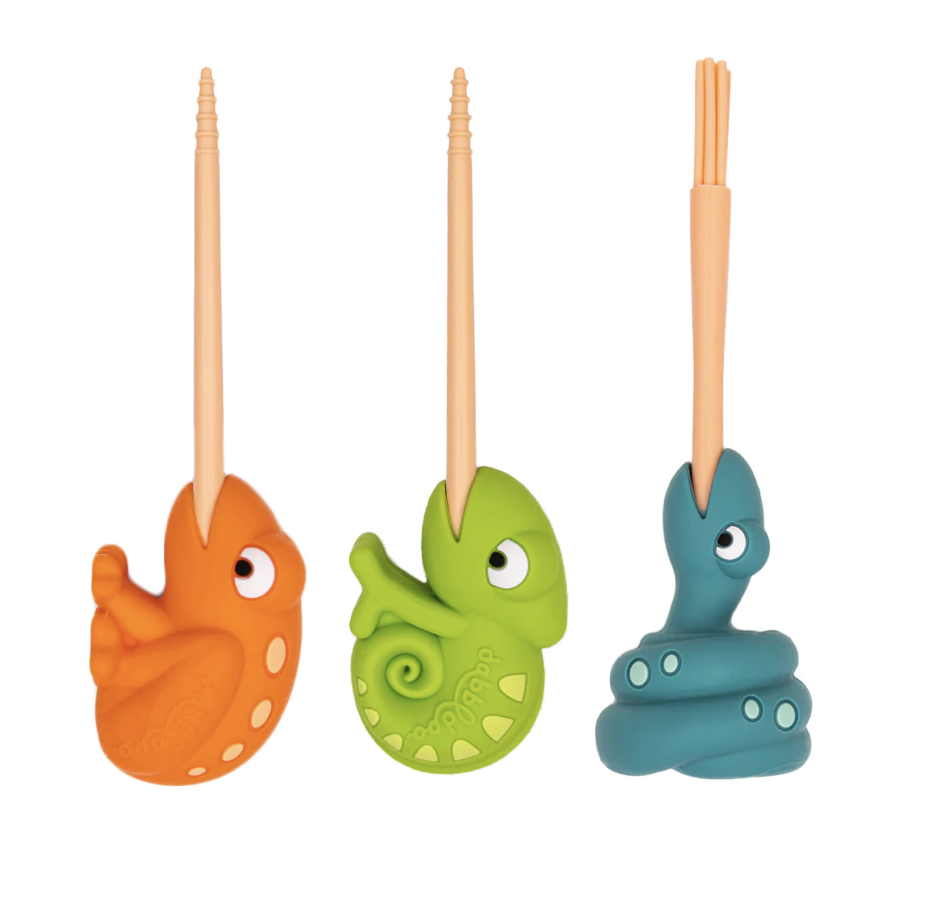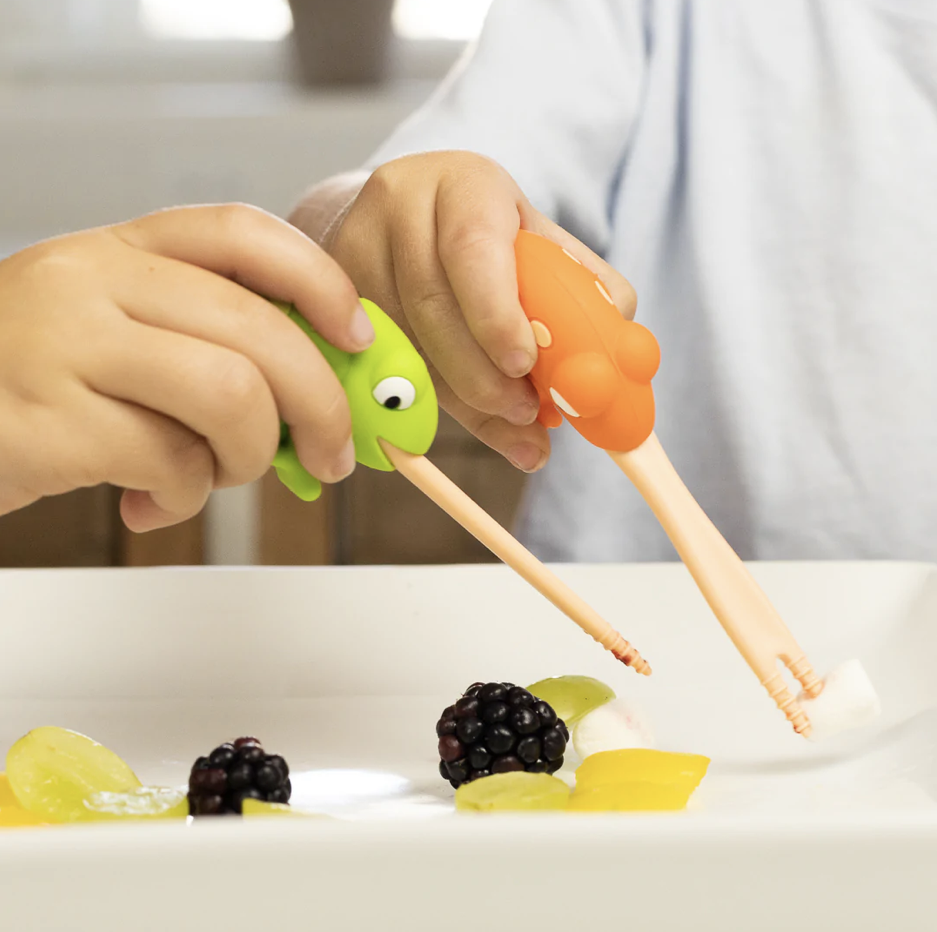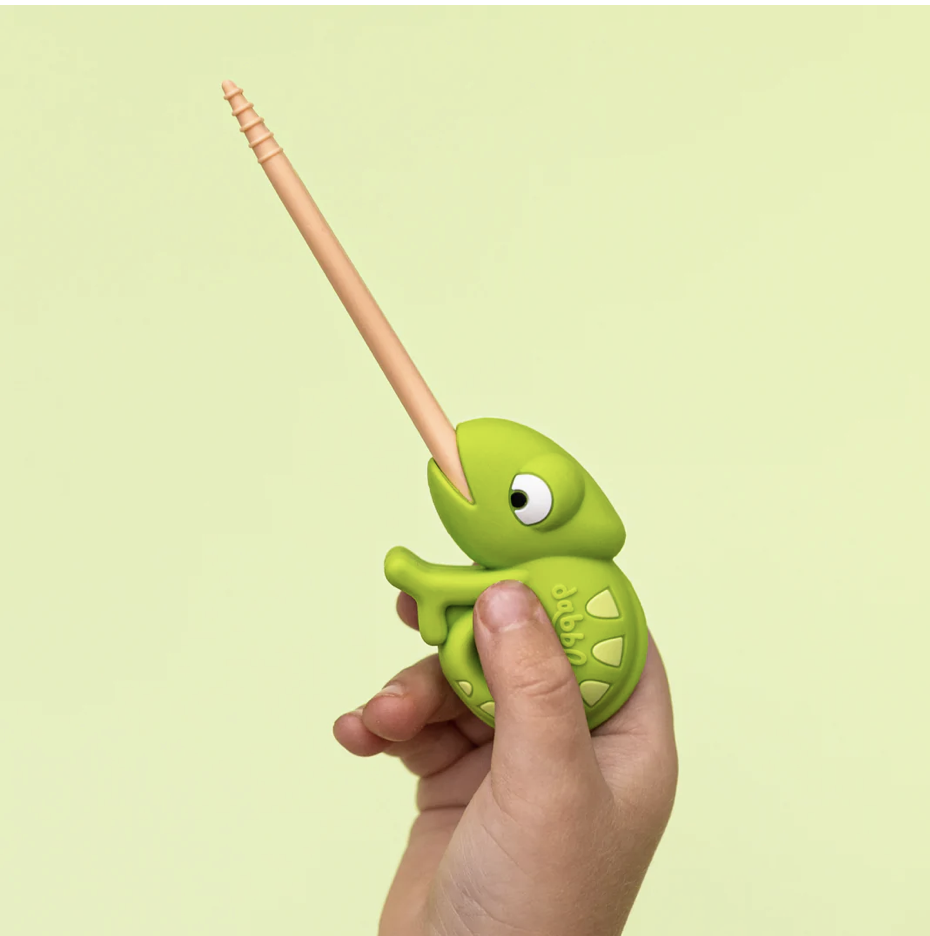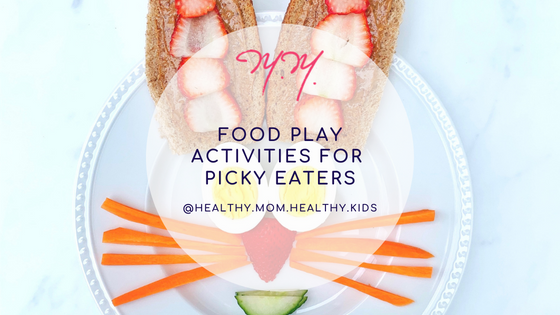Toddler Feeding Schedules for 2 to 3-Year-Olds
Here are my girls, back when I was in the weeds with toddler parenting!
This blog contains affiliate links, meaning that if you choose to purchase a product through a link, I will receive a small commission - this in no way impacts the amount you pay. Affiliate links are marked with an asterisk (*).
Your baby is weaned, eating solids, drinking cow’s milk (or a quality plant milk) from a cup, taking fewer naps, and refusing to eat foods they used to like.
Toddlerhood has begun! Now what?
If you haven’t already established a toddler feeding schedule, it’s a great time to consider one.
Toddler feeding schedules help life with toddlers run a little smoother (they were certainly helpful for me!) Kids thrive on routine and do well when they know what’s coming next.
Toddler feeding schedules are also easier on parents and help support responsive feeding within the structure of a dependable rhythm of meals and snacks.
When parents are responsive feeders, a feeding schedule for toddlers and babies encourages healthier eating habits and shepherds child feeding to the meal opportunities where parents decide what, when and where meals will be served, as opposed to allowing littles to graze throughout the day.
Keep reading to learn why toddlers thrive on an eating schedule. You’ll also find a sample eating schedule and toddler meal plan with easy, toddler-friendly recipes.
Why are Toddler Feeding Schedules Important?
Some of the benefits of a predictable meal and snack time for toddlers are:
Helps prevent grazing throughout the day and eating when not hungry
It's easy to lose track of how many Cheerios your little one has been munching on all day without a feeding schedule.
Helps prevent hangry (overly hungry!) toddlers
Little ones need to eat about every 3 hours. A toddler’s tiny tummy holds a small amount of food, so they’ll need to eat several times a day in order to get the nutrients and calories they need. Offering food every few hours helps keep your little one’s blood sugar and moods stable.
Thank you to this toddler’s kind parents for sharing and allowing me to post!
Helps prevent constant demands for snacks
Routines and schedules are the best defense against toddlers begging for snacks all day. When parents take charge of their child's eating schedule, they have time to plan and prepare more nutrient-dense snacks and meals rather than giving in to demands for less health-promoting options.
Little ones are more likely to be hungry for meals and snacks
Toddlers don’t need a lot of food to fill their bellies, so every bite counts, and we want to maximize the likelihood that they’ll eat during mealtimes, which is when more nutrient-rich, balanced options tend to be served.
A schedule ensures that kids are hungry at meal times. This reduces picky eating and poor table manners (like throwing food). It also prevents filling up on snacks between meals.
Easy Toddler Feeding Schedule
Toddlers ideally eat 3 meals and 2-3 snacks daily, spaced about 2 to 3 hours apart.
Most toddlers still take 1 to 2 naps a day. So, we can start by building a feeding schedule around the sleep and nap schedule.
Here’s a sample toddler eating schedule:
7:00 am breakfast
Nap
10:00 am morning snack
12:00 pm Lunch
Nap
3:00 pm Afternoon Snack
6:00 pm Dinner
Evening snack (optional)
Bedtime
These times are only an example. Your toddler may be an early riser or night owl, and their day may start at a different time. Further, not all toddlers take two naps and/or are hungry for 2-3 snacks, so find what works for your family.
What Should Toddlers Eat?
Kids need the nutrients that all 5 food groups provide. If your family chooses a lifestyle diet such as a plant-based diet, just make sure to provide the critical nutrients needed for healthy growth and development.
No matter what diet your family follows, here is some guidance on how to choose the healthiest macronutrients.
Healthy fats boost brain health and lower inflammation. These include omega-3 and other unsaturated fats, found in foods including avocados, nuts, nut butter, seeds, salmon, and olive oil.
Complex carbohydrates are a must for energy. Try to get most of your toddler’s carbohydrates from whole grains, like those found in whole grain breads and crackers, brown rice, and whole wheat pasta.
Low-fat protein builds and repairs muscles. Protein can come from plant-based sources, lean animal meats (chicken, turkey), dairy, and fish. Legumes, beans, and tofu are excellent plant-based proteins. Nuts and seeds are also great plant sources of protein that also offer monounsaturated and polyunsaturated healthy fats.
How Much Should a Toddler Eat?
It’s normal for babies to start showing a reduction in appetite at around 1-2 years old. This is because after the large growth spurts that happen during infancy, a baby's growth rate slows down at about 1 to 3 years of age, and appetite tends to follow.
According to the USDA’s MyPlate, kids ages 2 to 3 need approximately 1,000-1,400 calories.
Young kids only eat small amounts of food at a time. That’s why it’s helpful to offer food that’s packed with nutrients, but don’t worry if your little one doesn’t finish everything on the plate.
Once you’ve offered balanced meals at regular intervals throughout the day, it’s up to the child to decide whether and how much of the food to eat. When we use this Division of Responsibility, kids tend to get all the vitamins and minerals they need throughout the day.
Allow your toddler to eat as little or as much as they are hungry for during meal and snack times. Trust your child’s appetite as long as they’re growing appropriately and following their growth curve on the growth charts.
Restricting food or forcing kids to eat can lead to an unhealthy relationship with food and raises the risk of eating disorders.
To get an idea of general portion sizes for toddlers, here’s MyPlate’s daily meal pattern for children 2 to 3 years old.
| Portion size | Examples of Single Portions | |
|---|---|---|
| Fruit | 1 - 1-½ cups |
|
| Vegetable | 1 - 1-½ cups |
|
| Dairy | 2 - 2 ½ cups |
|
| Protein | 2 - 4 oz |
(Each of the below counts as a 1 oz protein portion)
|
| Grains | 3 - 5 oz |
(Each of the below counts as a 1 oz grain portion)
|
Sample Toddler Meal Ideas & Meal Plan
Breakfast (½ oz protein, 2 oz grain, ½ oz dairy, ½ cup fruit): Easy Blender Pancakes and ½ cup yogurt, ½ cup milk or soy milk
Snack (½ cup vegetables, ½ oz protein, ½ cup fruit): mix and match the protein and fruit with Sweet and Savory Sweet Potato Toast (ricotta cheese would count as protein and dairy)
Lunch (½ oz protein, ½ cup vegetables, ½ cup fruit, ½ cup dairy): Cannellini Bean Burgers with grapes and broccoli and 4 oz milk or soy milk
Snack (1 oz protein, ½ cup vegetables): Mommy and Me Cashew Dip
Dinner (1 oz protein, ½ cup vegetables, 1 oz grain, ½ cup dairy): Sesame Tofu Spring Bowl and 4 oz milk or soy milk
Quick Tip: Make eating fun for your kiddos with these playful food picks from Dabbledoo*.
Quick Tips for Feeding Toddlers
Offer water between meals to quench thirst
Provide a variety of textures and flavors to help reduce picky eating
Eat together! Toddlers benefit from role modeling when they eat what the rest of the family is eating
Every bite counts for little bellies, so offer nutrient-rich meals and healthy snacks
Keep food and drinks with added sugar to a minimum
Skip the juice altogether (recommended) or limit to a maximum of 4 oz of 100% juice per day
Choose foods with less saturated fat and sodium
Keep offering! Repeated exposure to foods helps reduce picky eating behaviors over time
What’s your favorite healthy meal or snack for toddlers? Let me know in the comments below!
For more tips on feeding kids, grab my FREE guide to reducing picky eating, and if you are looking for help navigating picky eating behaviors in your toddlers, preschoolers, and school age kiddos, check out my online course, Solve Picky Eating, a self-paced set of 12 modules that are delivered quickly in 5-15 minute videos.
And if you're looking for personalized nutrition support for yourself, your babies and/or your kids, I am currently accepting new clients in my virtual private practice. Looking forward to meeting you online…




